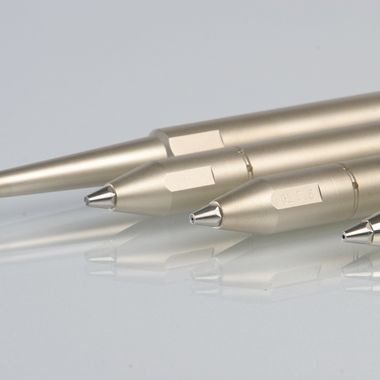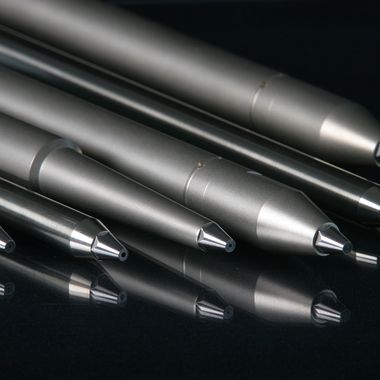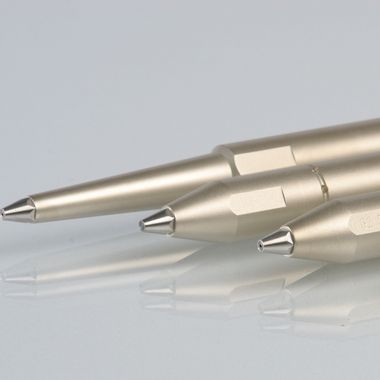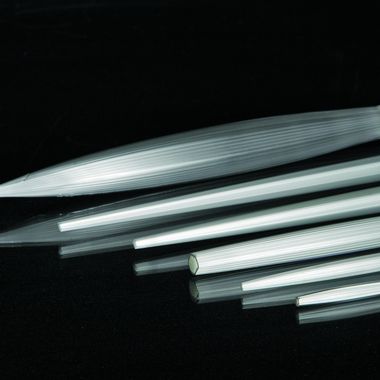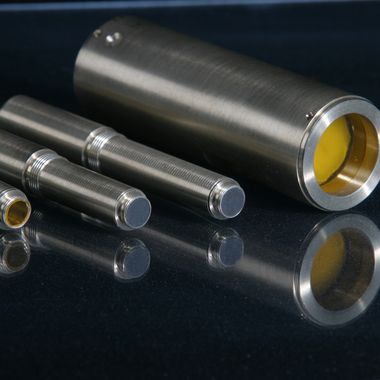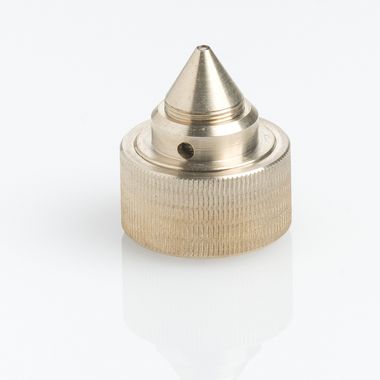
X-Ray Optics
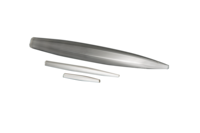
X-ray capillary optics are used to guide and shape X-radiation. Such systems are either monocapillaries, such as cylindrical, ellipsoidal or paraboloidal capillaries or polycapillaries, consisting of a monolithic system of a large number of hollow capillary channels. Their function is based on the effect of total external reflection of X-rays from the internal smooth surfaces of the capillary channels. For incidence angles lower than the critical angle of total reflection the reflection coefficient reaches values near to 100 percent and the X-radiation is guided with low losses through the optics. The critical angle depends mainly of the reflecting material and the X-ray photon energy. The basic material for X-ray capillaries is glass. The low roughness of reflective glass surfaces leads to a low portion of diffuse scattered X-rays, so an efficient transport of X-radiation through glass capillaries can be realised. Due to these properties capillary optics are able to steer X-rays from source to sample in such a way that a high intensity is concentrated in an accurately defined area on the sample surface.
X-ray optics may be distinguished by the number of reflections from internal capillary surfaces. There are single-bounce and multiple-bounce capillary systems.
A monolithic system of many bent hollow capillary channels is termed X-ray polycapillary optics. This is a multiple-bounce capillary system. It is able to transport the radiation from an X-ray source to an area at a definite distance from the source with low intensity losses . In that area named focal spot of such a focussing optics, a very high beam intensity can be concentrated.
X-ray capillary optics are used for many applications like X-ray fluorescence analysis (XRF, µXRF, 3D-µXRF), X-ray diffraction (XRD, µXRD), time resolved XRF and XRD, wavelength dispersive X-ray spectroscopy (WDX), electron microscopy (EM) and X-ray microscopy. Essential details for the specification of the geometry of optics are the properties of the X-ray source, the required beam shaping, the focal spot diameter and the energy range of photons which should be guided efficiently . The VDI/VDE guideline 5575 describes all types of X-ray optics incl. capillary optics and their main properties. Further information about the types of optics can be found our web pages.
